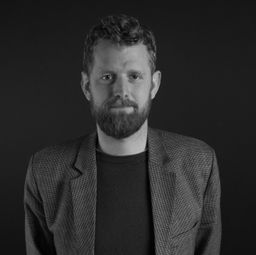Narrating valuations – an urban strategy: Values of urban heritage as planning strategy in Vejle, a Danish working-class neighbourhood
My Session Status
What:
Paper
Part of:
When:
14:30, Monday 29 Aug 2022
(20 minutes)
Where:
UQAM, pavillon J.-A. De Sève (DS)
- DS-R515
In this paper, I will focus on the use of urban heritage as a planning tool in the transformation of an old working-class neighbourhood in the city of Vejle, Denmark and as tool in the dialogue with the inhabitants. The former working-class neighbourhood is from late 19th century and build in connection with the cotton spinning mills in the Danish town of Vejle.
The paper initiated from recent change in the perspective on heritage - from static and monumental to active and dynamic – and an understanding of our social, structural and intangible heritage as crucial to ensure communities and social balance in our cities and urban neighbourhoods. Heritage is part of our self-understanding and perception of local communities (Bandarin & Oers 2015, Braae 2020, Jigyasu 2015). Thoughts, all in-line with the change of perspective on heritage, as created and understood relationally - as a continuum of time and space read in the physical objects (Fairclough 2009, Smith 2006, 2015).
Together with the Municipality of Vejle and the Aarhus School of Architecture (AAA) I tested the active concept of heritage as a way of creating a common ground for the inhabitants and users of the neighbourhood. Both as part of the initial analysis and as part of the transformation, with the aim of creating a common ground and knowledge for further planning strategies. How to reconnect the social and functional mixed city?
In the project we tested valuation (Boltanski & Thévenot 1999, Fink 1991, Heinich 2020) as a strategy to create narratives of the area - a common ground - for discussing principles for future transformation.
The used method was explorative and based on mappings and valuations by locals and students of AAA. By comparative analysis of the different mappings and valuations, we formed different narratives of the relational contexts and multifaceted perspectives on the heritage of the neighbourhood, from both a local and an architectural perspective. By combining the different values we formed an approach based on the physical and the social (intangible), recognizing the dynamic relationship between objects and their broader environment and to the people who shape and use them. Theoretically, the approach takes its understanding in Actor-Network Theory (Latour 2005, Yaneva 2009), which are included throughout the article as a framework for understanding both the theoretical and methodological approach in the project.
The aim of this paper is to explore potentials in the use of a democratic perspective – common narratives - on heritage in urban planning, initiated through mappings and valuations, ensuring a continuing narrative of the working-class neighbourhood. A continuum of time, space, and social diversity with a mix of functions.
